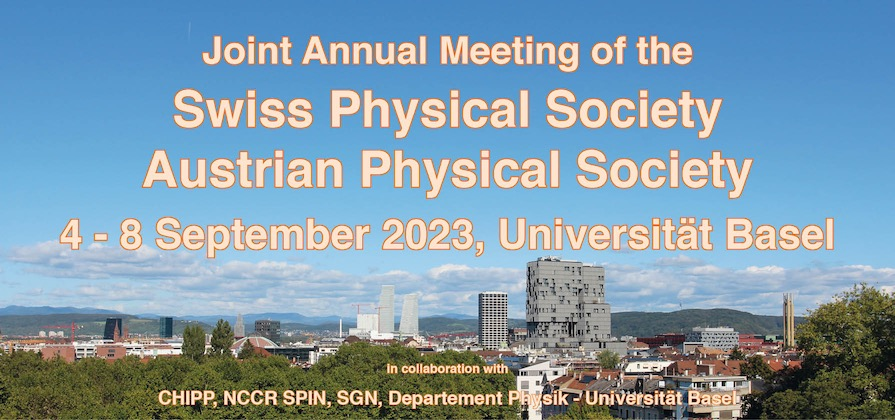Speaker
Description
$BaTiO_3$-relaxors are promising materials for energy storage applications in microelectronics. These lead-free dielectrics are thermally stable and suitable for high-temperature operation due to their broad and high permittivity response and low electric coercivity. Relaxor behaviour is induced by homo- or heterovalent substitution of the central $Ti^{4+}$ ions, which disrupts the long-range ferroelectric order. We investigated ferroelectricity in homovalent ($Zr^{4+}$) and heterovalent ($Nb^{5+}$) substituted polycrystalline $BaTiO_3$ relaxors utilizing Piezoresponse Force Microscopy (PFM). We probed spontaneous polarization, conducted local polarization switching, and recorded PFM-hysteresis loops utilizing Switching-Spectroscopy-PFM. The results suggest that indicators of ferroelectricity vanish at different substitution levels and that traces of ferroelectricity can even be found in highly substituted systems.
